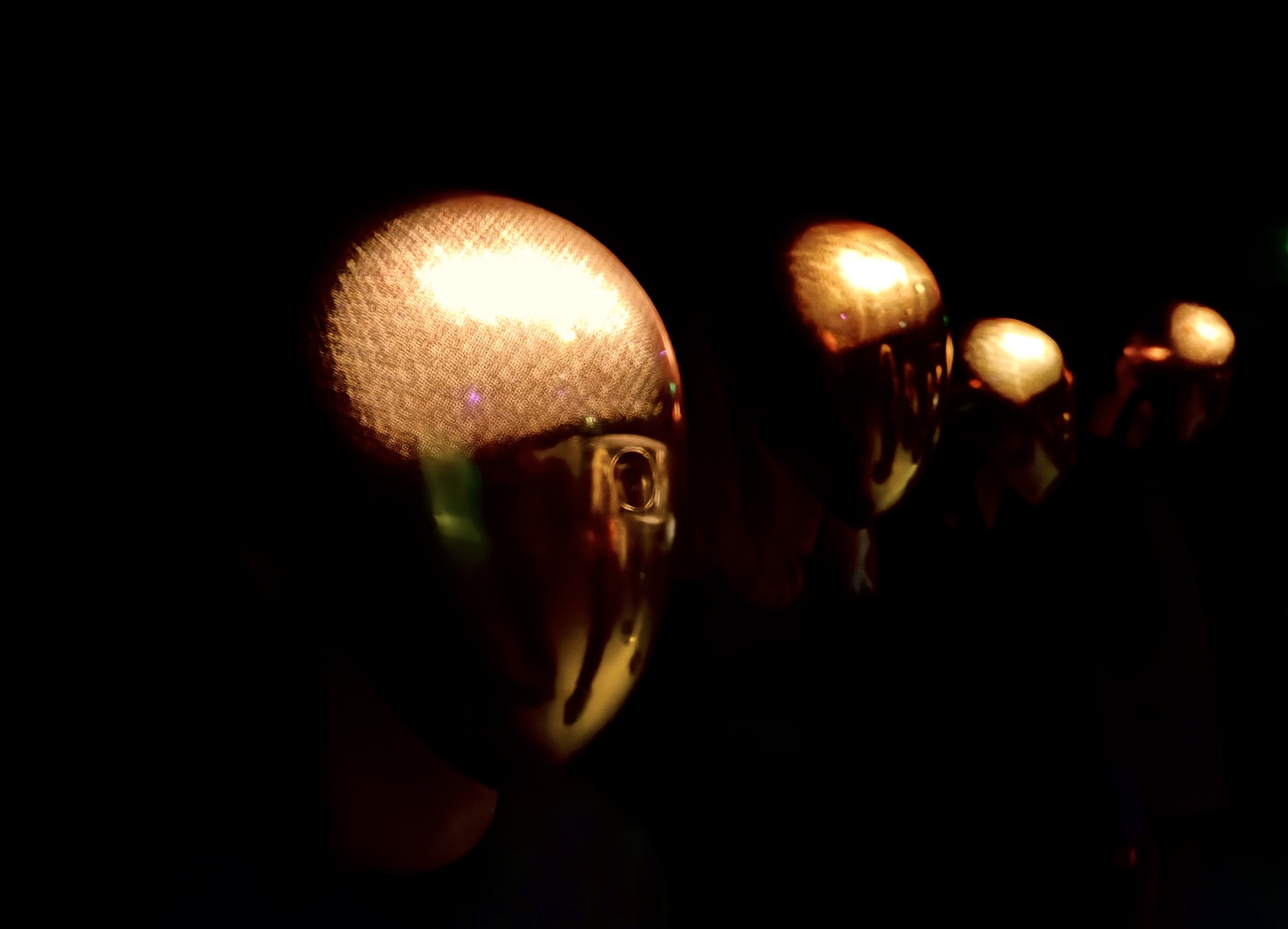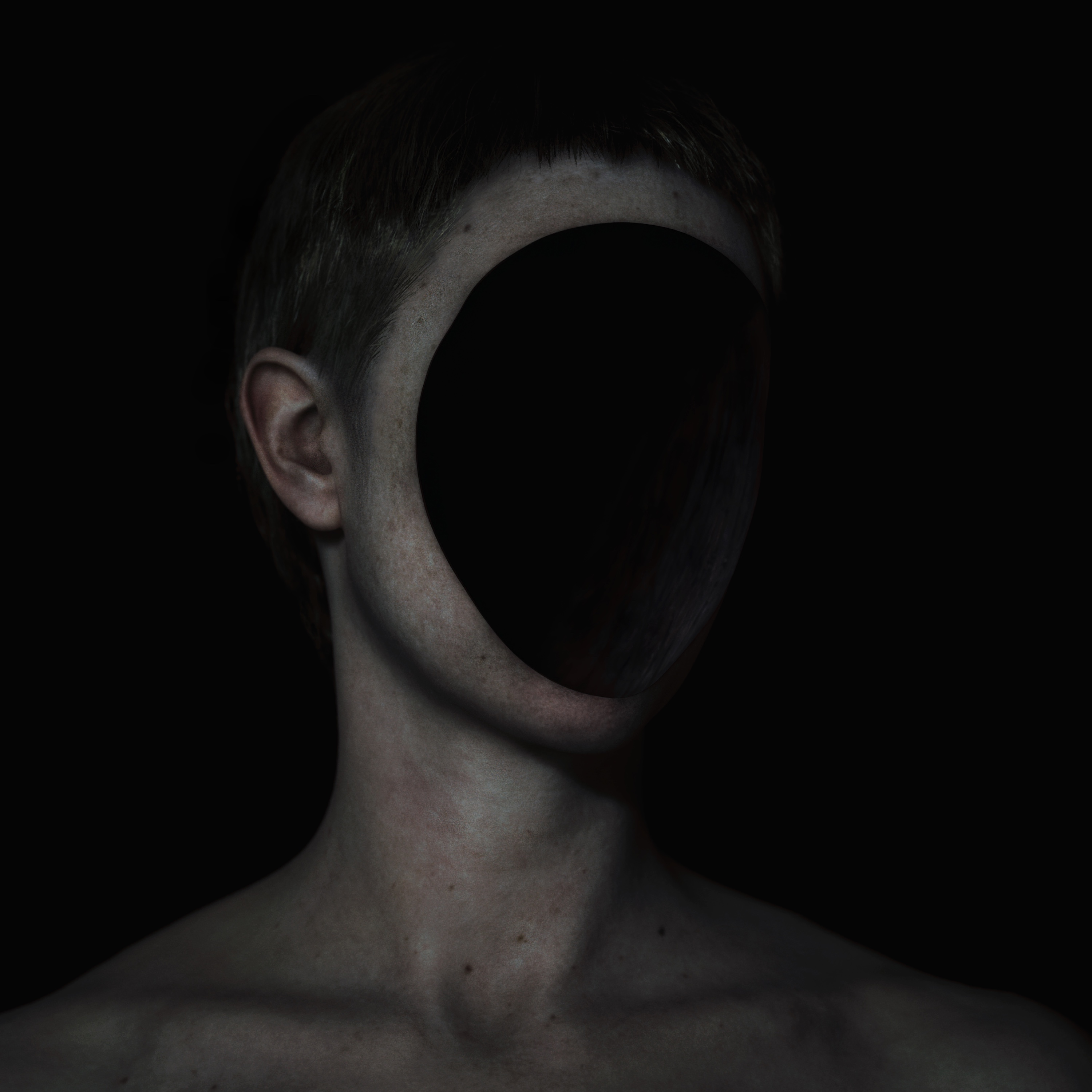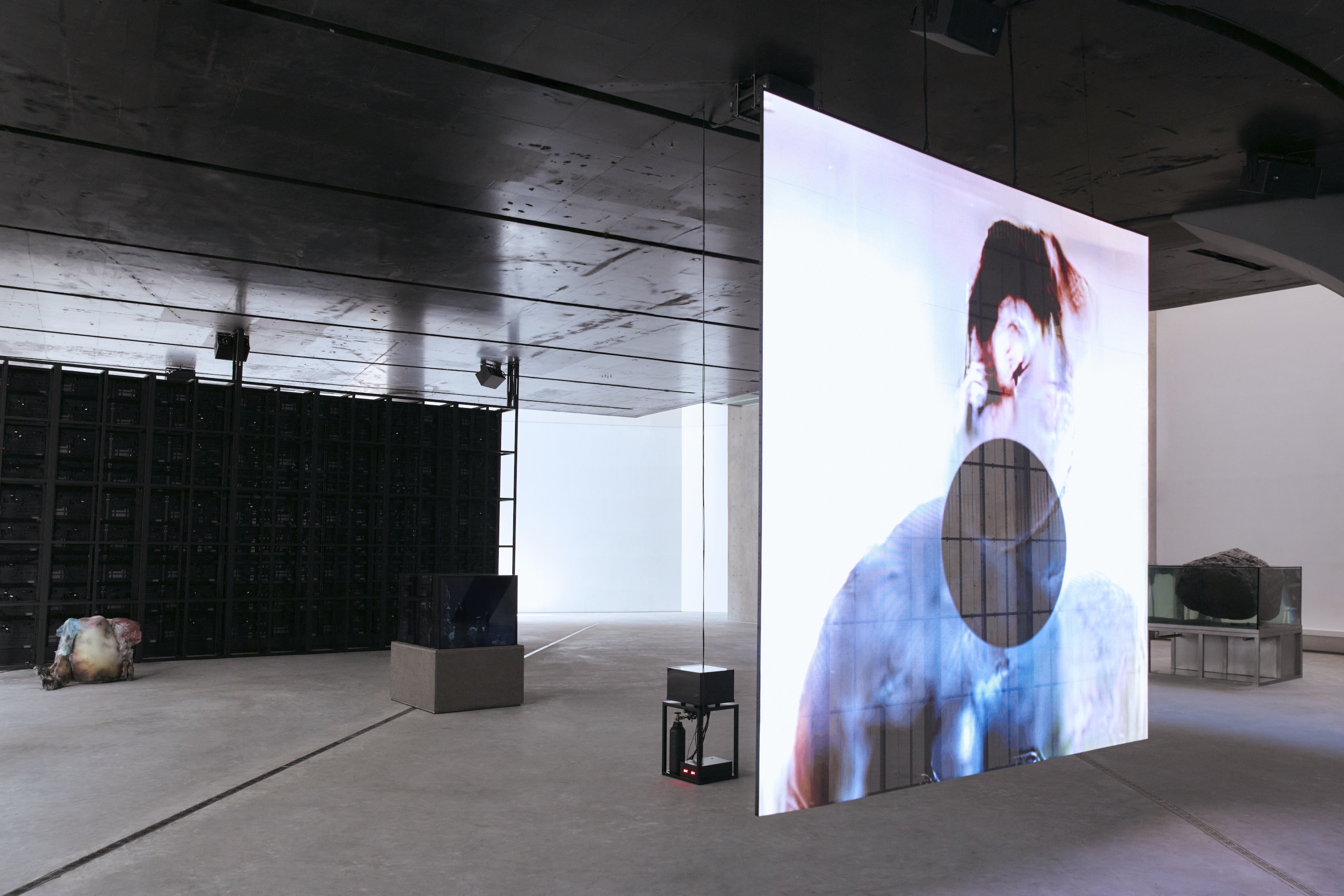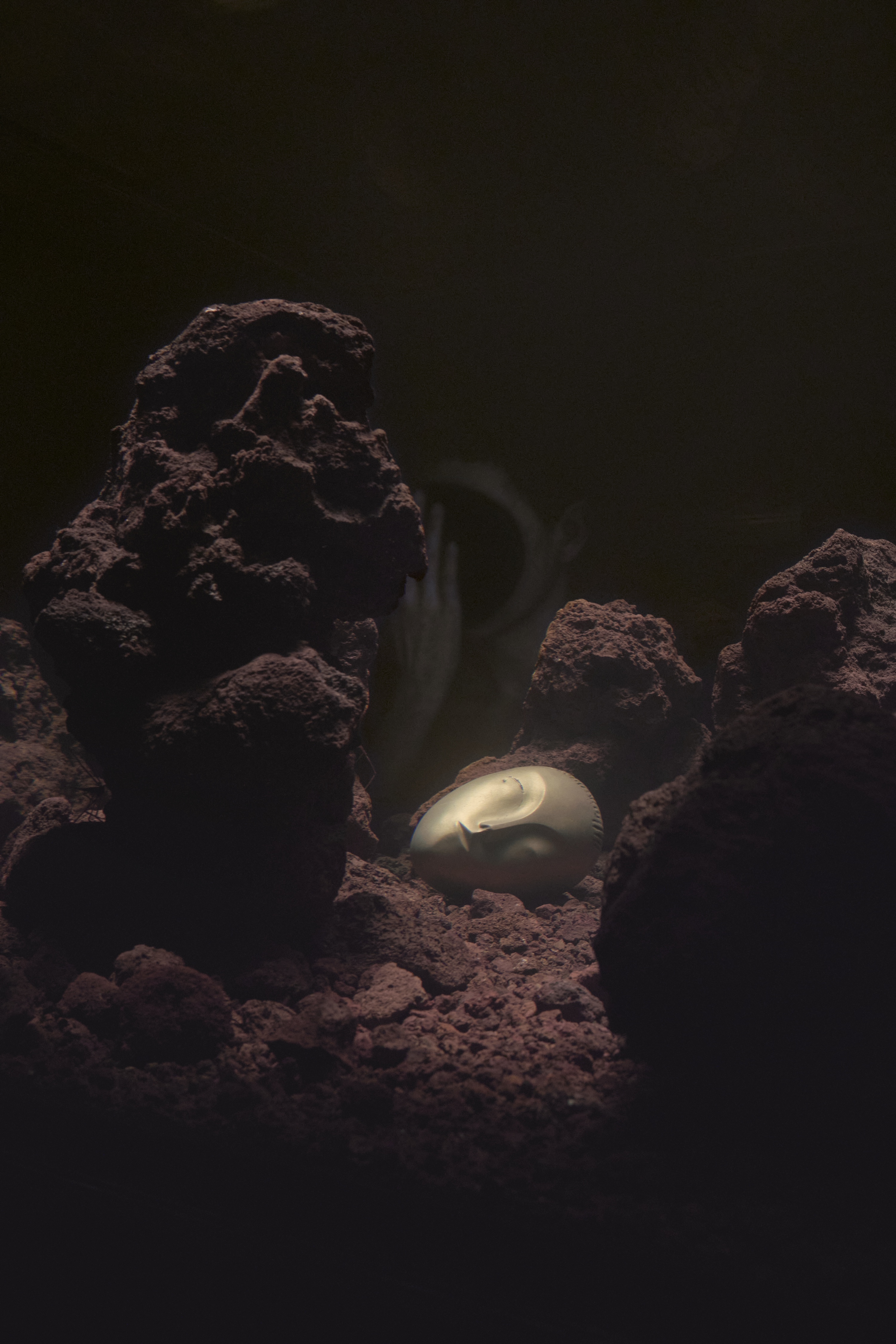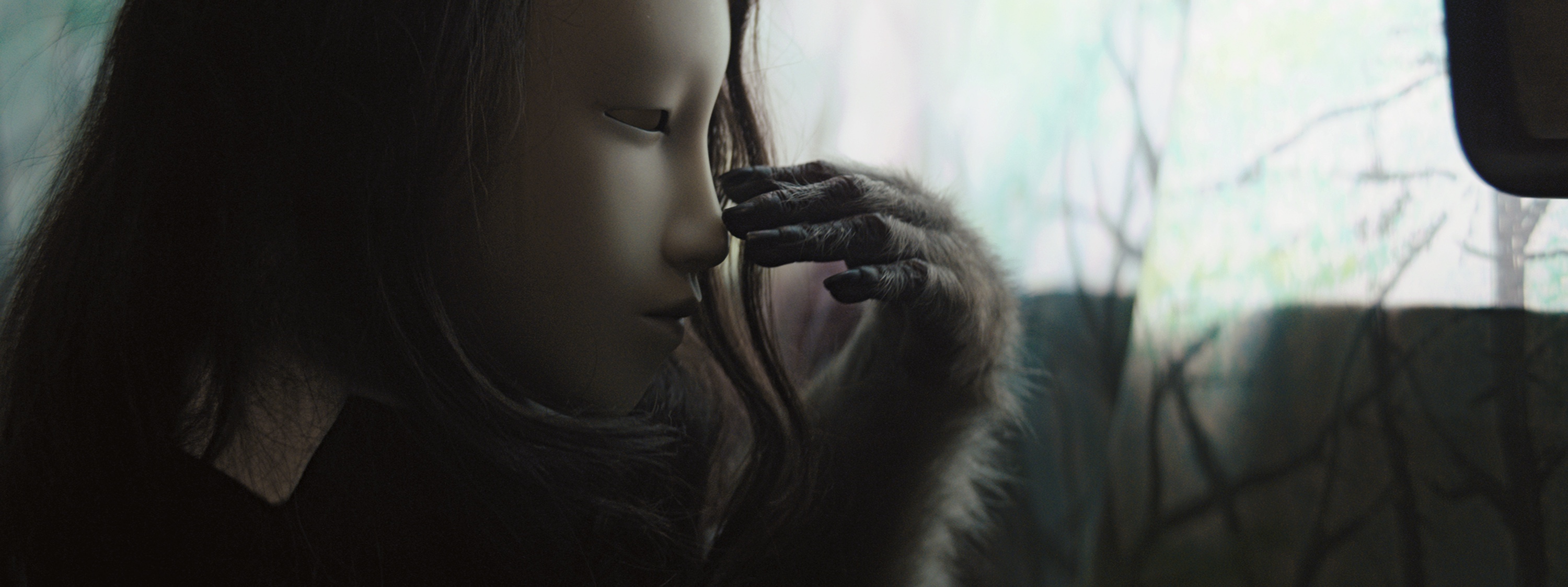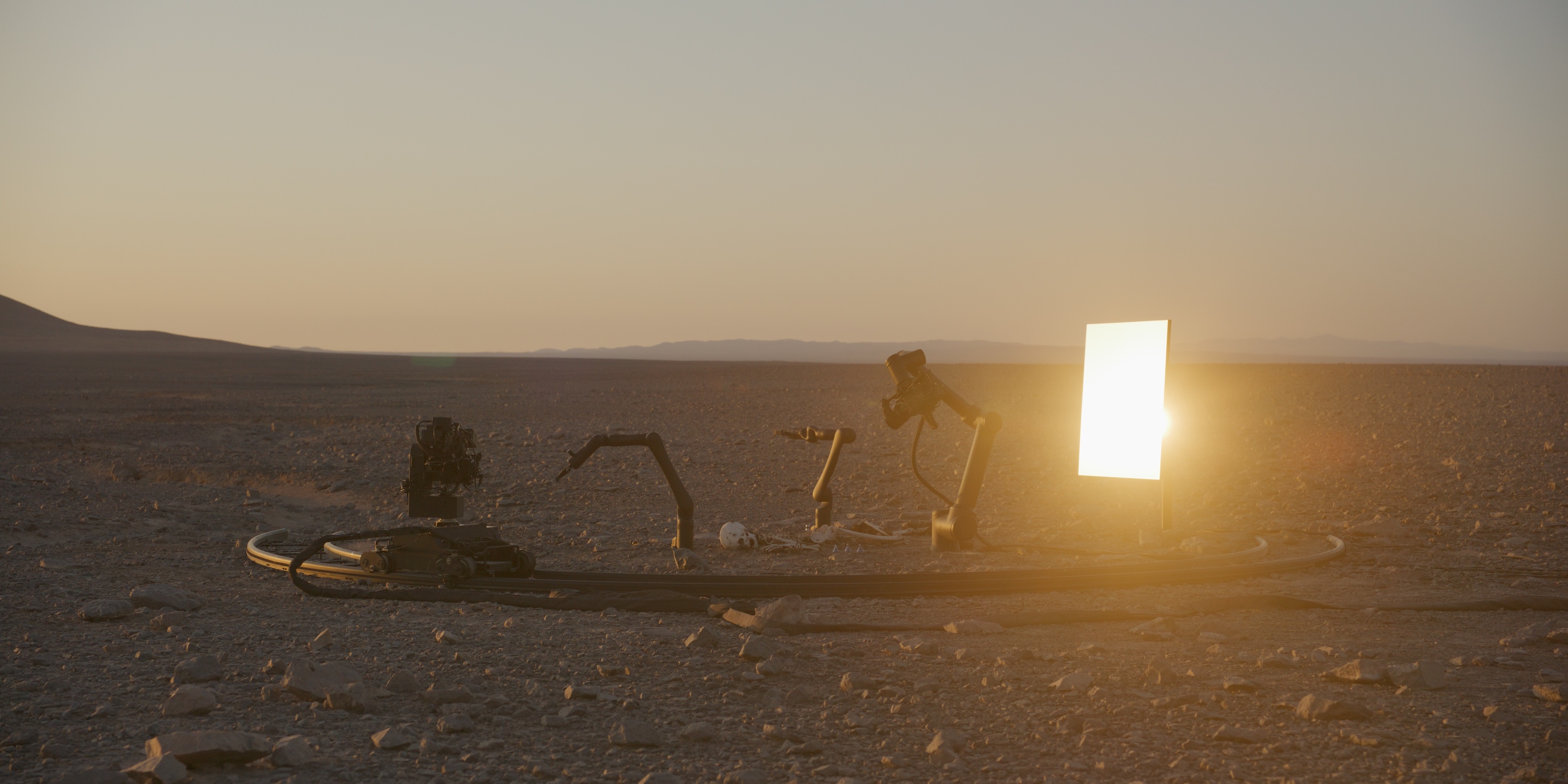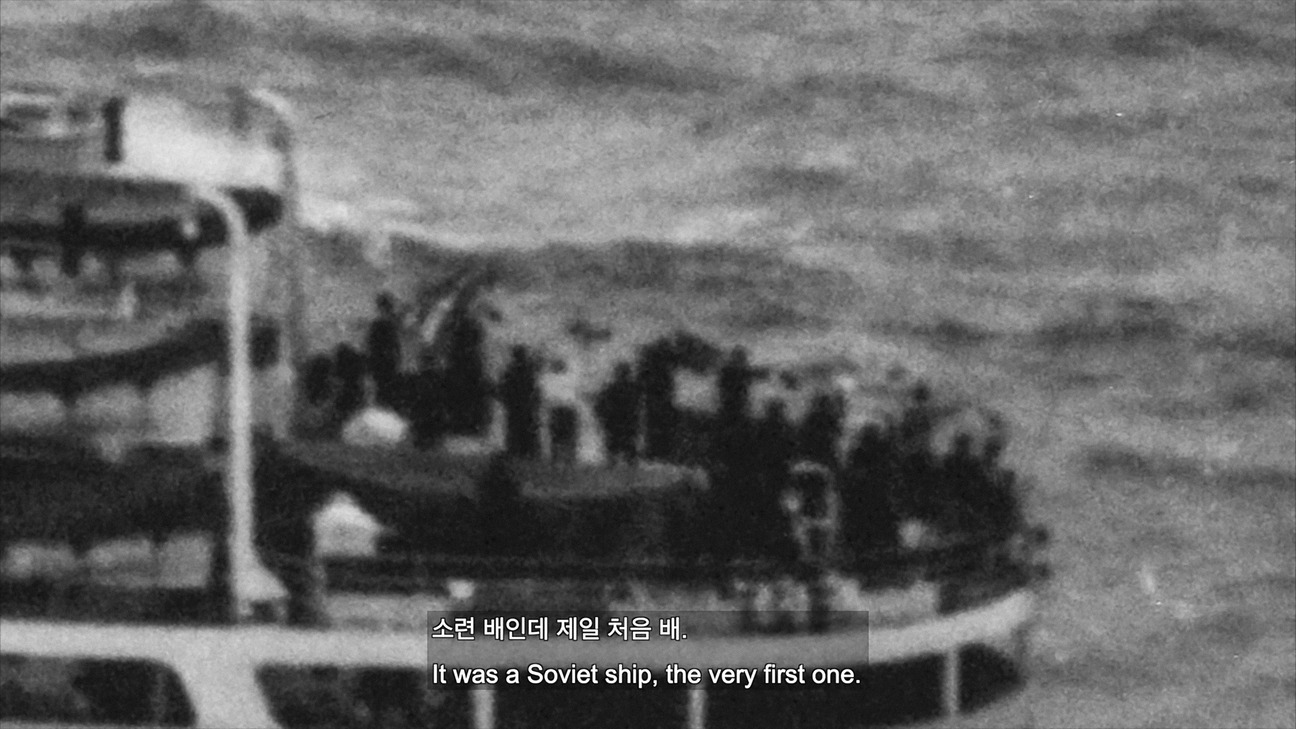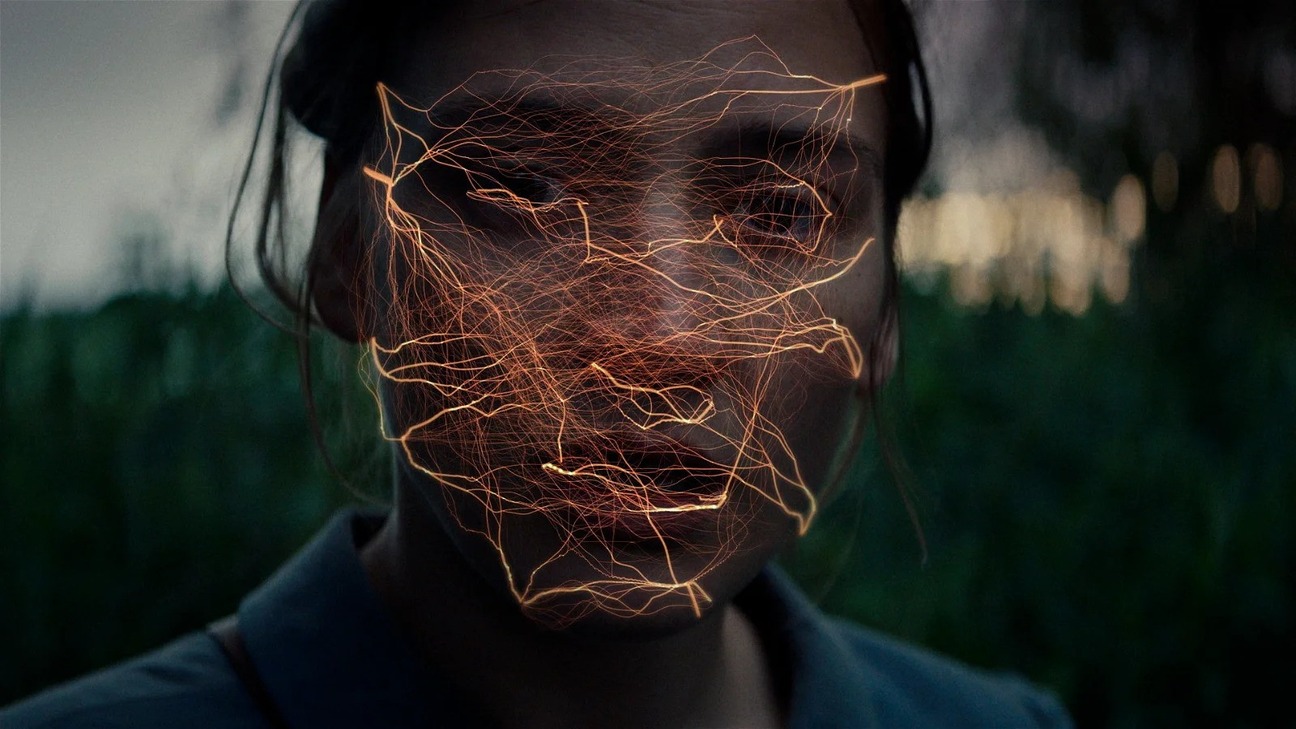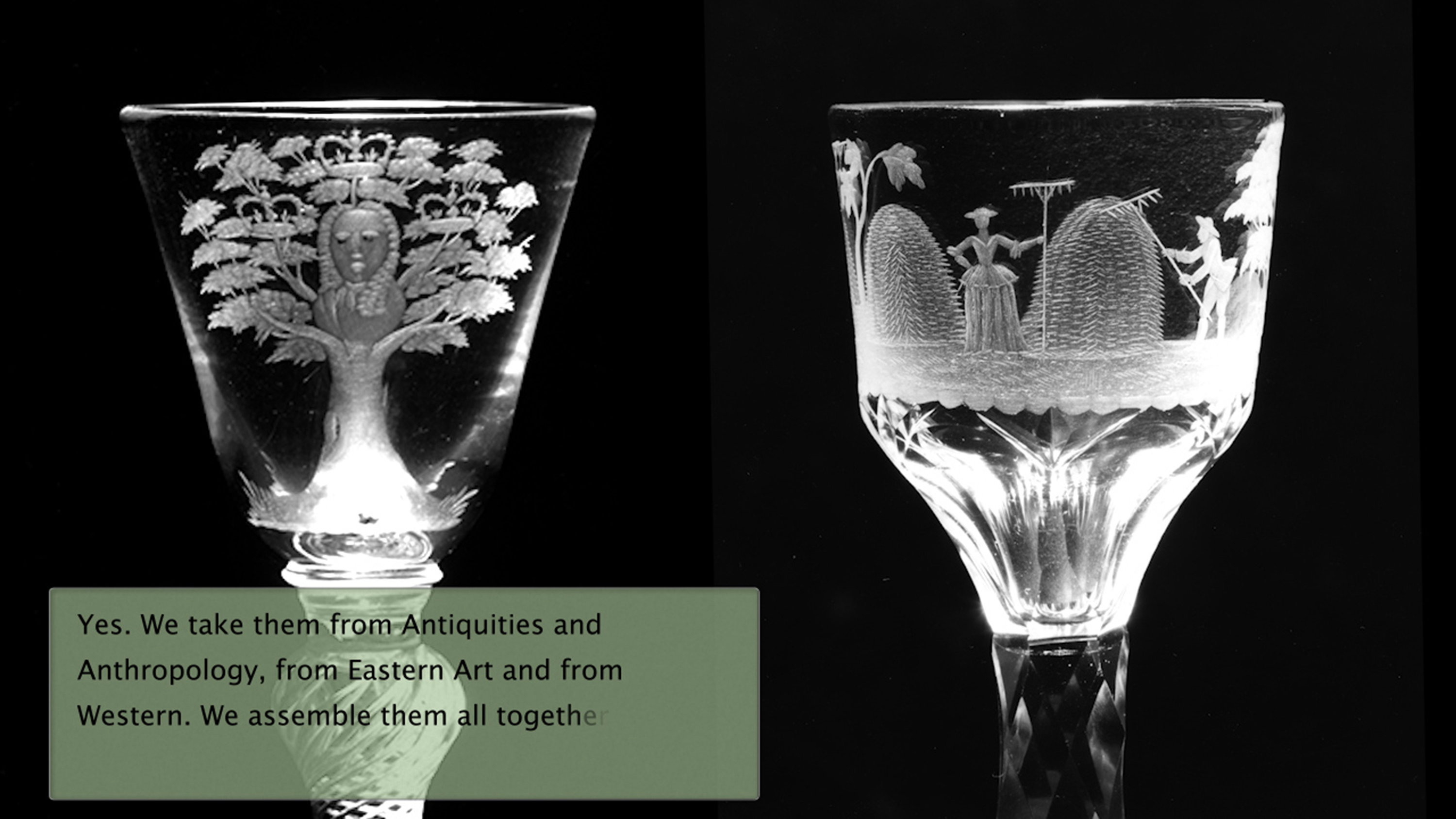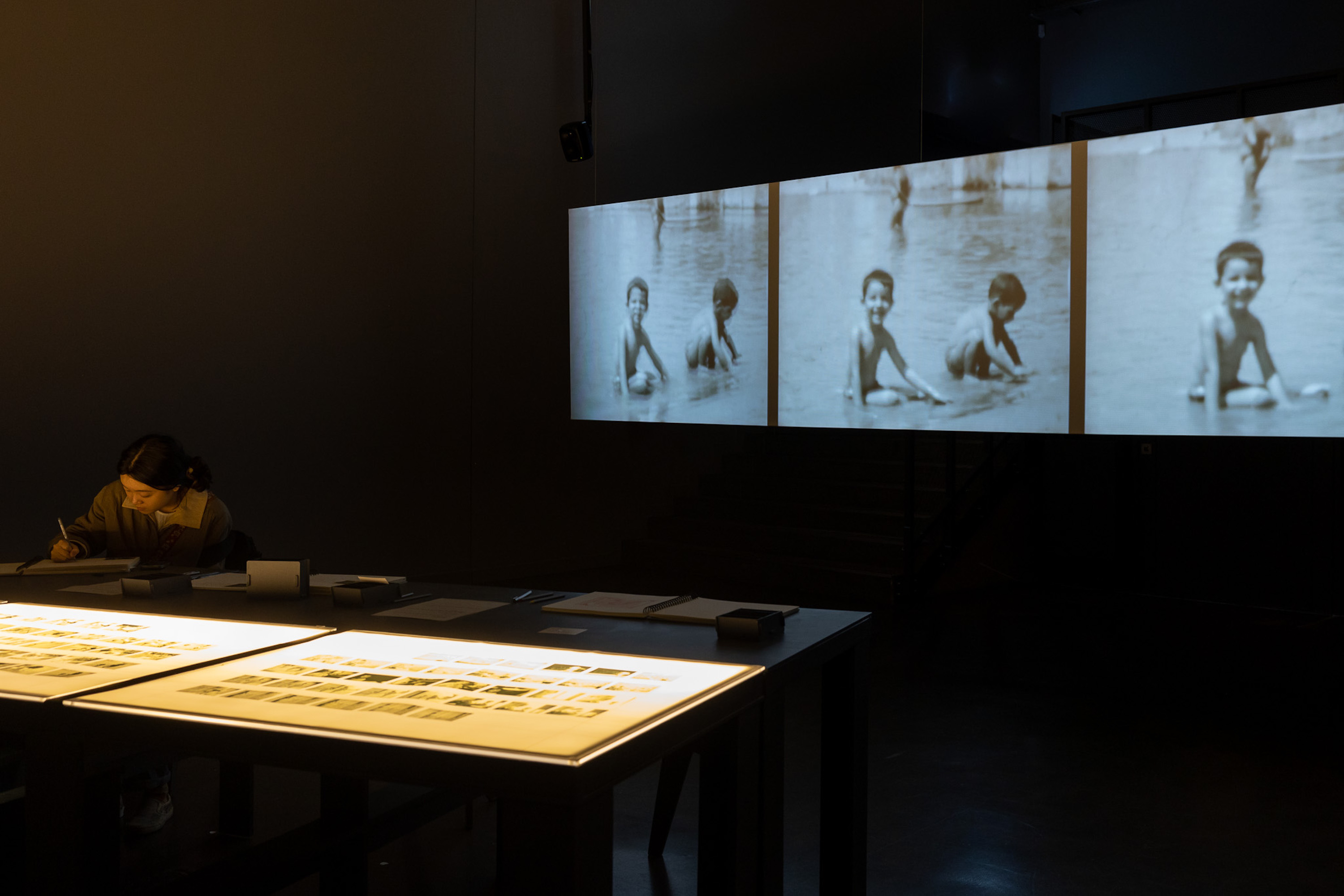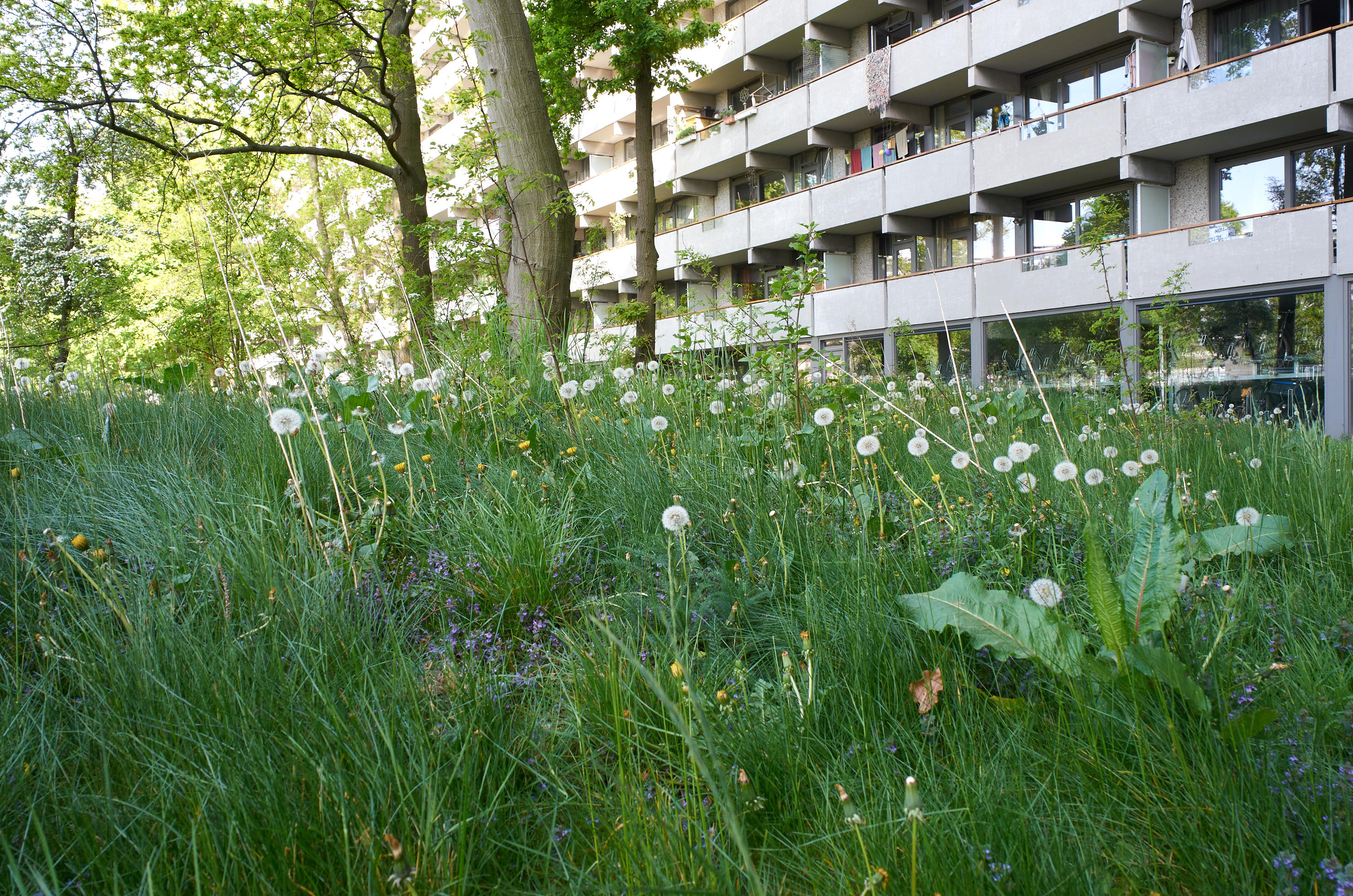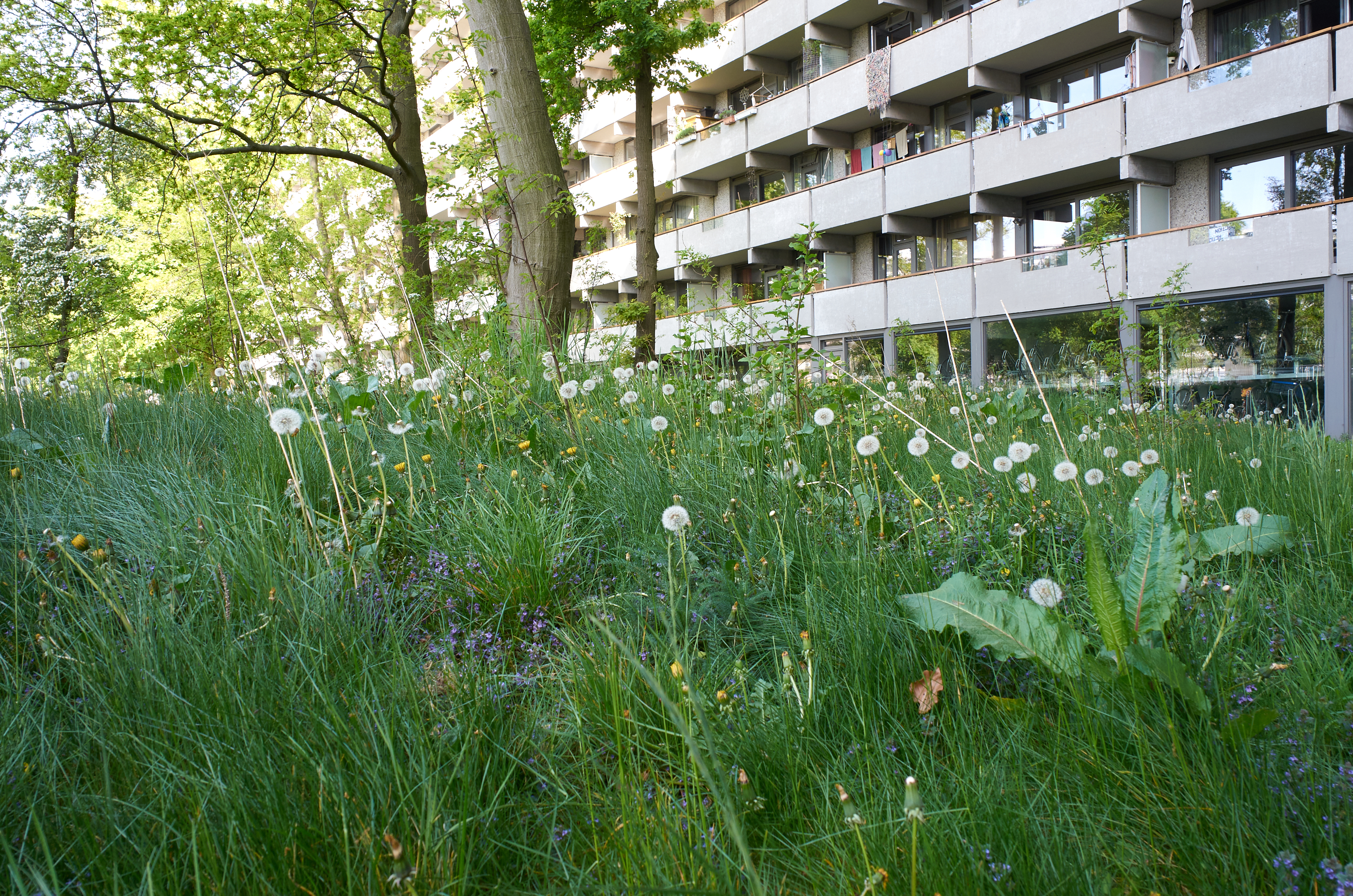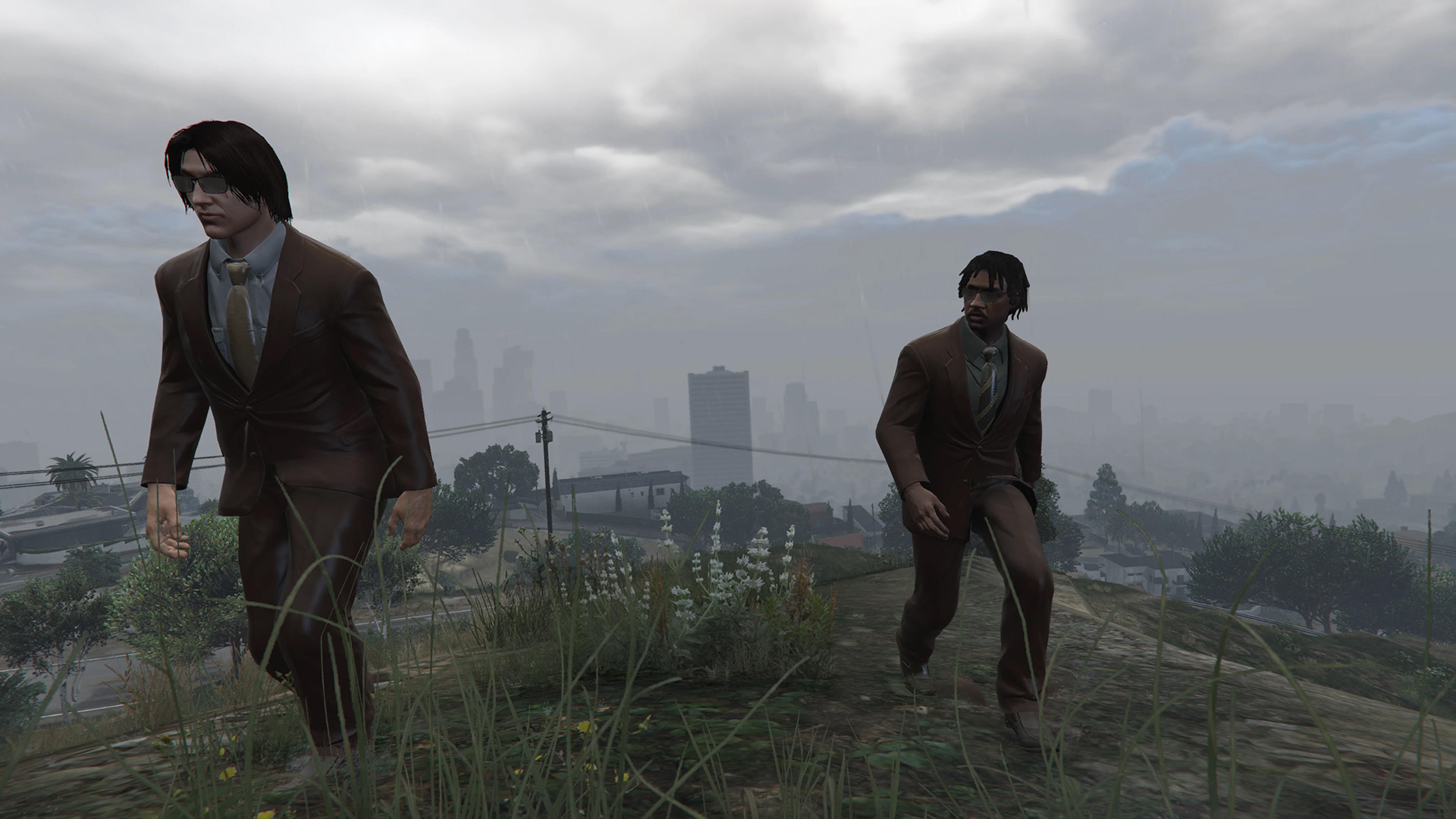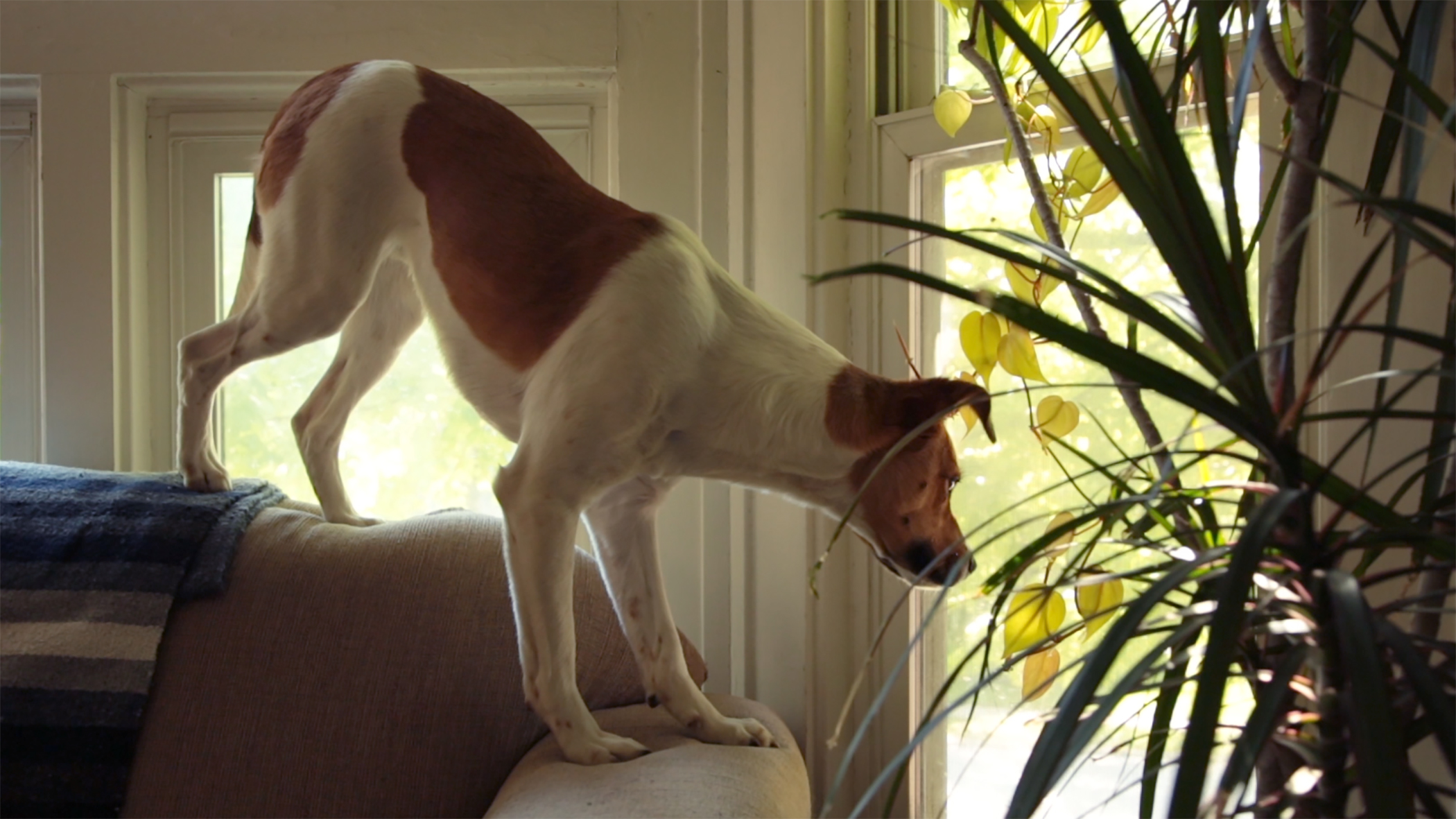February 27–July 6, 2025
Pierre Huyghe’s longstanding engagement with the cinematic—as a set of operations for organizing time, space, and experience—began in the late 1990s. In Blanche-Neige Lucie (1997), L’Ellipse (1998), No Ghost Just a Shell (1999), and The Third Memory (2000) he appropriated the apparatuses of film history to interrogate cinematic memory, authorship, and narrative construction. In Streamside Day (2003) and This is Not a Time for Dreaming (2004), cinematic form became a tool for constructing fictional worlds and restructuring time.
“Liminal” at the Leeum Museum in Seoul, an adapted version of the exhibition which debuted at the Palazzo Grassi in Venice last year, brings together twelve recent and ongoing works. Collectively, they illustrate the latest development in Huyghe’s engagement with the cinematic: a shift away from representation toward the post-cinematic orchestration of environments and affects through systems of computation and contingency.
Curated by Sungwon Kim, the exhibition spans two floors designed to produce distinct modes of perceptual engagement. The upper floor requires visitors to move slowly through an almost completely dark space that responds to their presence through subtle shifts in light, sound, and atmosphere. In this setting, visitors’ perception is no longer oriented toward discrete objects, but dispersed across an ambient field of sensory intensities. The experience recalls what Gilles Deleuze and Félix Guattari described as the process of “becoming-other”: not a transition into a different identity, but a dissolution of boundaries so that subject and environment are no longer separable and fixed positions disperse into a field of affective contagion.
At the center of this space are two works that stage the body as an interface for environmental data. In Liminal (2024–ongoing), a faceless humanoid figure gestures continuously on a transparent LED screen, its movements modulated by real-time inputs—temperature, humidity, haze, and the vibrations of nearby visitors, detected by sensors embedded in the environment. Idiom (2024–ongoing) features a barely visible performer wearing a golden sensor-embedded mask that translates environmental data into a stream of non-verbal vocalizations—murmurs that are unfamiliar and unpronounceable. In both cases, subjectivity is displaced: the figures do not express intention but respond to algorithmic flows. What is encountered, then, is a simulation of presence—affective shells animated by systems beyond human thought.
This mode of displaced agency and non-human performance is also present in Human Mask (2014), a single-channel video projected onto a suspended screen. The work features a trained monkey wearing a Noh-style mask depicting a human girl’s face, performing repetitive, ritualistic gestures in an abandoned restaurant in Fukushima. The film’s soundscape intersects with that of Offspring (2018), an adjacent light box installation emitting synchronized pulses of light and smoke timed uncannily to Erik Satie’s Gymnopédies Nos. 1 and 3 (1888). The sonic and visual elements of the two works permeate one another, forming a kind of spatial montage in which neither moving image nor sound remains confined to their source. In this configuration, the screen’s frame ceases to delimit the time and space of the experience—an uncanny performance unfolding in a world where human rituals continue without human presence. Instead, montage persists as a cinematic principle, expanded into the spatial and temporal architecture of the exhibition.
If the upper floor of the exhibition offers an immersive environment shaped by perceptual disorientation, the lower floor presents a more conventionally museological setting—lit by standard lighting and organized into clearly defined spatial zones. Yet the installations here are also governed by open-ended and contingent systems involving living organisms, real-time sensing, and responsive computation that similarly unsettles the relation between the works, their environments, and visitors’ agency. In UUmwelt – Annlee (2018–24), neural activity recorded during a prior session—where a subject imagined the fictional character Annlee, a pre-existing anime character whose rights Pierre Huyghe and Philippe Parreno acquired in 1999—is processed by a deep neural network to reconstruct visual representations of these mental images. Once displayed on an LED screen within the exhibition, these images are continuously modulated by environmental parameters—so that the act of imagining is rendered not as a stable output, but as a mutable, externalized process shaped by both machinic logic and contingent conditions beyond the human control.
Camata (2024–ongoing) extends this logic further. Images filmed in the Atacama Desert by a robot camera responsive to sensor input are guided by machine learning to self-edit in real-time at the exhibition space. Screened as a single-channel video, this produces a recursive operation without beginning or end. It evokes Michael Snow’s La Région Centrale (1971), filmed with a custom-built, motorized apparatus designed to turn, tilt, and rotate the camera over a remote, uninhabited Canadian landscape. Yet closer comparison reveals a fundamental difference: while Snow constructs a disembodied syntax of movement—an automated camera choreographing its own abstraction of space, indifferent to human presence—Camata operates in a different regime of visuality. Rather than performing preprogrammed movements, Huyghe’s system responds to live sensor data and environmental signals continuously to re-generate imagery based on machine-learning logic. Here, the mechanism is no longer a detached observer but an adaptive processor, treating the visual field as a site of endless data extraction and its reconfiguration. When a human skeleton surfaces in the frame of Huyghe’s work, it does not register as a symbolic image for our cognition, but appears as pure data within the operational parameters of the system.
In In the Dust of This Planet (2011), Eugene Thacker describes monstrosity not as an aberration of nature, but as an aberration of thought—a condition that exceeds the coordinates of human cognition. For Thacker, the monster is not simply a radical other, but the unthinkable: a presence that collapses inherited conceptual categories and reveals the limits of epistemological frameworks. In Huyghe’s exhibition, this condition recurs with unsettling and affective clarity. The unease generated by the works does not stem from the horror of images produced by computational systems, but from the realization of their indifference to us—their meaninglessness within human frames of reference.
The faceless avatar animated by environmental data, the golden-masked figure emitting non-verbal murmurs, the self-directed film that endlessly edits itself, the neural renderings of Annlee: each resists incorporation into regimes of human meaning. In Huyghe’s world, the human is no longer the organizing center of knowledge. Paraphrasing Thacker, the monster no longer signifies a threat to be contained or a figure of liberation (as with Donna Haraway’s cyborg), but a symptom of epistemic rupture—an unraveling of the categories through which the world becomes intelligible. The exhibition thus does not propose a dystopian or utopian future; rather, it conveys the uncanny illegibility of a present that results from the non-reciprocal encounter between human cognition and computational logics.
To convey the fragility of the human subject in a posthuman age, the exhibition expands cinematic principles—duration, rhythm, framing—and redistributes them within a space modulated by computational procedures that resist narrative and symbolic structure. The machine-learning, real-time environmental sensing, and generative algorithms that orchestrate adaptive systems shape the behavior of the works presented across both floors of the exhibition, yet these procedures remain absorbed into an aesthetic surface that intensifies sensation while obscuring their operation. In this sense, Huyghe renders the posthuman not as a condition to be interrogated, but as an atmosphere to be sensed. Unlike the work of artists such as Harun Farocki, who employed the same cinematic principles to make the politics that govern operational systems legible—thinking with and against the images machines produced not for us but for other machines—“Liminal” leaves us with the monsters inside the system: affected, suspended, and uncertain.
